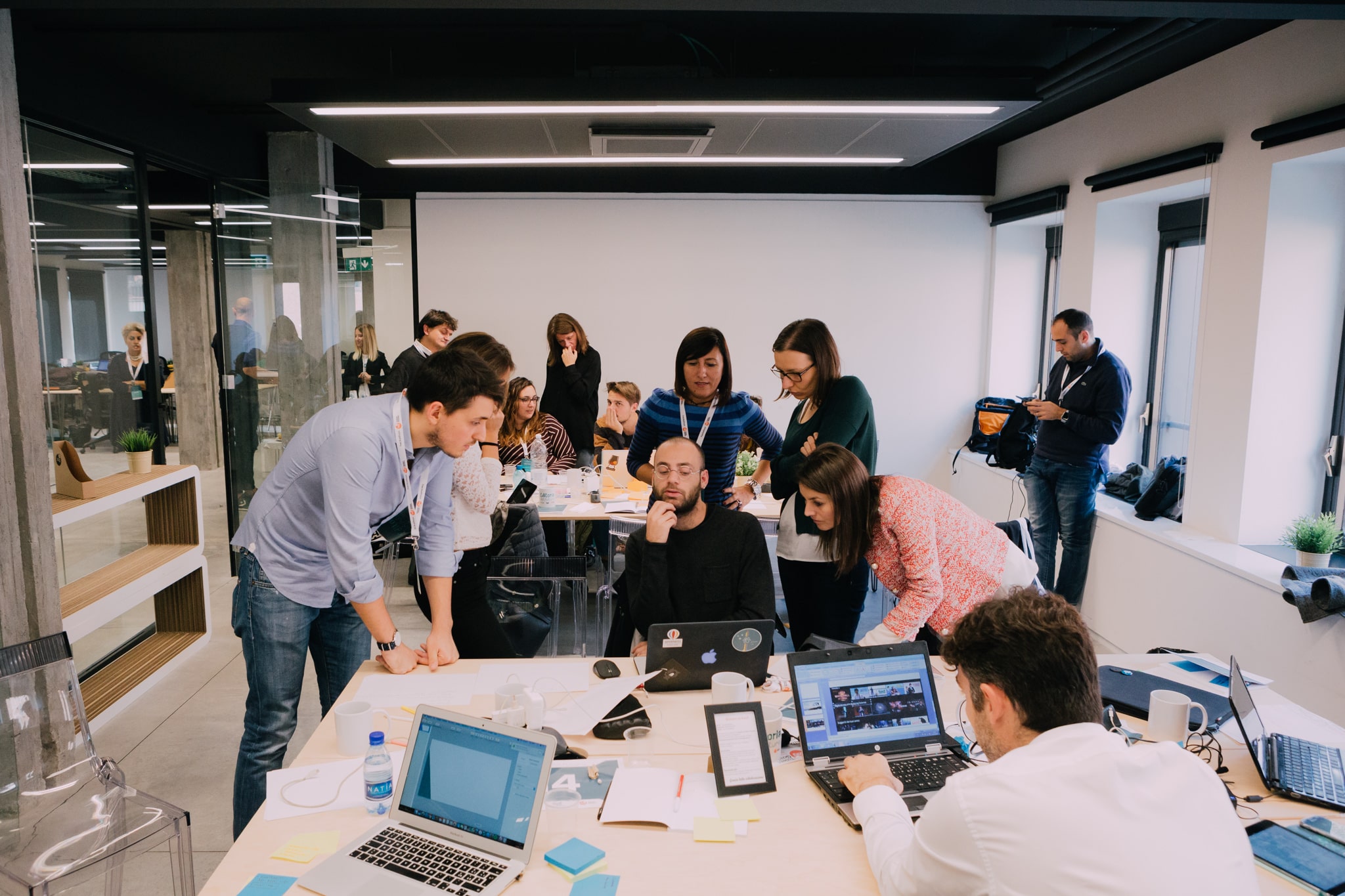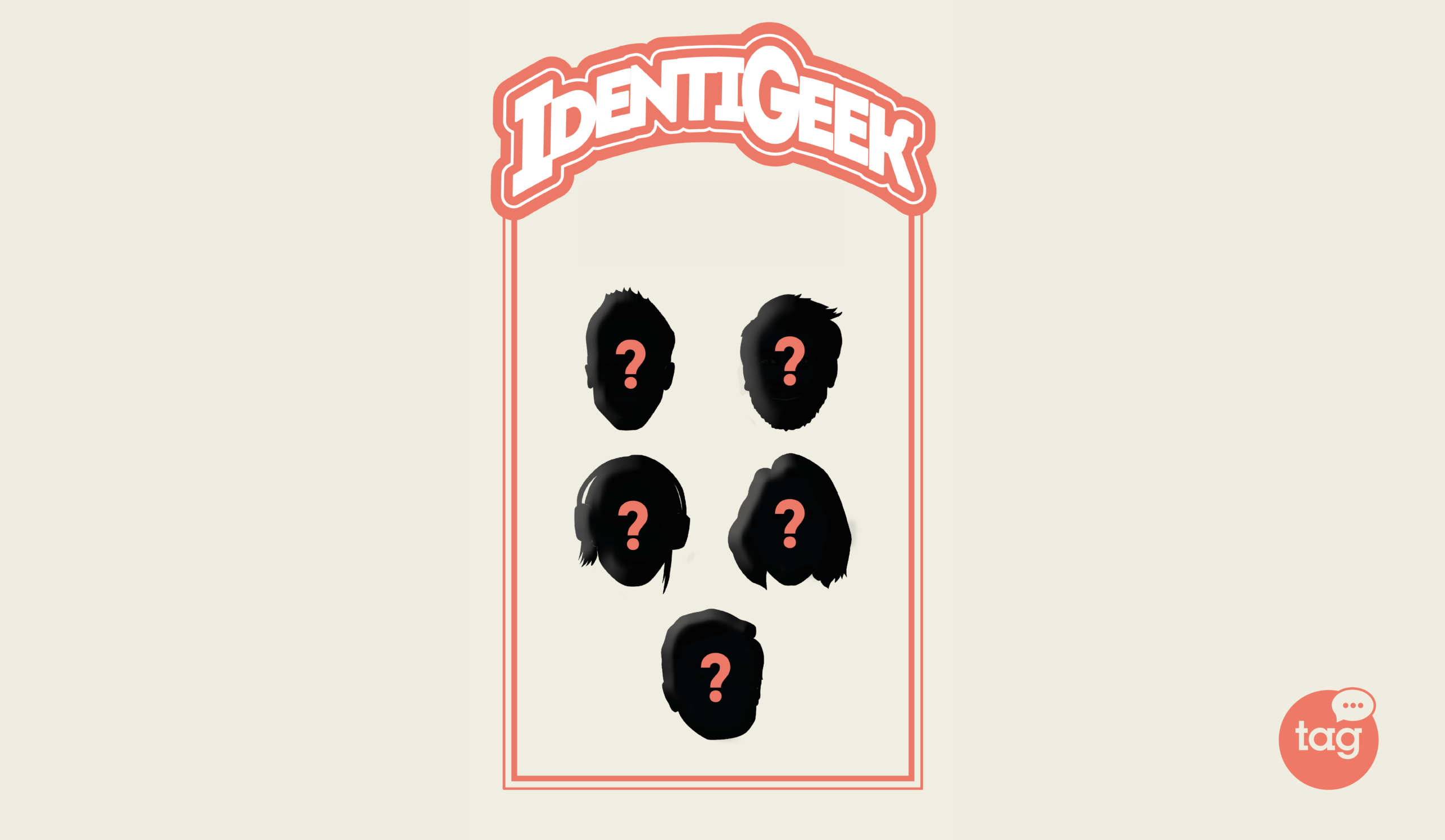- Home
- Business Innovation
- Software as a Service: what is the SaaS model and how does it help companies with digital transformation?
Business Innovation
8
min read
Software as a Service: what is the SaaS model and how does it help companies with digital transformation?


Don't you want to read? Try listening to the article in audio mode 🎧
The concept of SaaS (Software-as-a-Service) has been around for a while in the tech world, but it is still relatively new in the business world, and it continues to provide extremely interesting insights into the innovation potential of well-established models.
Indeed, the SaaS model can provide a multitude of interesting ideas on how to govern and run a company, design an organization, and model a service - and it is precisely on such parallelisms that it becomes incredibly useful to take immediate action, in order to adopt proven practices in software and Cloud applications.
The most striking example is Growth Hacking and Lean Marketing, which were born in the software and startup fields but are more successfully applied at the enterprise level, and on which Talent Garden has been evangelizing throughout Europe for years.
What is SaaS
SaaS is a software that is owned, maintained, and managed by one or more providers, who then allow a number of customers (in a one-to-many logic) to use its functions. Customers do not own the software, but rather use it as a service, with payments made via recurring fees, pay-per-use mode, or other methods described below. SaaS examples include HubSpot, Dropbox, Slack, and many more.SaaS, IaaS and PaaS: the Differences
In computer science, the term “as-a-Service” appears in different contexts. Software-as-a-Service is certainly the most extreme application of this concept, since the provider owns the entire selection of functional solutions for providing the service. On the other hand, we have on-site installed software that is completely under the control of the customer (and is frequently owned by the customer), both in terms of platform and server management and the underlying technology stack. There are intermediate models between these two solutions:- Platform-as-a-Service (PaaS): model where the platform on which the client's applications are based is managed by the provider, thus ensuring all-round server management (including OS and functional packages for the development). Heroku or AWS Elastic Beanstalk are two well-known examples;
- Infrastructure-as-a-Service (IaaS): a model in which the provider's management level is solely focused on the technology infrastructure (server and virtualization, including of course the network). As a result, the user is not required to manage the network or the physical infrastructure. Some notorious examples are Google Cloud, AWS and Azure.
Features of the Software-as-a-Service model
The SaaS model has a variety of common features that we can abstract with respect to the concept of software:- multi-tenant architecture: the software is unique but each customer has their own customizable application instance. In fact, when we purchase a subscription to a marketing automation software, we will have access to all the functions, that other users have access to, but we will be able to set up the software from scratch and customize it until we have one unique system;
- Scalable privilege management: both the provider and the customer admin user can assign specific permission systems to users, creating new roles and profiles with varying degrees of access.
- centralized automatic updates: all customers benefit from system maintenance and development updates. In this way, over time, each customer sees increasing opportunities offered by the software. As a result, the provider monitors the market and customer needs and provides an advanced solution to all of its customers without any specific customizations;
- excellent vertical scalability: the underlying infrastructures are designed so that the customer does not have to worry about workloads (despite service limits linked to the contract). It will therefore not be necessary to work on costly infrastructure migrations (or at least these will be invisible to the customer) when you want to add new users or increase the use of the software;
- (often) good customization potential: the limitations imposed by centralized software management are frequently offset by the ability to customize the software via specific SDKs and app marketplaces, with the goal of extending the application features in a personalized way. In some cases, especially for enterprise customers, providers also include "human" service levels and customer success related to the software itself.
Risks and Challenges of SaaS
Clearly, SaaS solutions have many advantages, but implementing an increasing number of such software in a company has a few downsides. More specifically, the proliferation of highly specialized solutions has resulted in the appearance of an internal SaaS cemetery within companies. One of the most difficult challenges for people who use technology in business is being able to effectively integrate the various specialized solutions - the need has become so strong that over time several solutions (always in the form of SaaS) that enable tools to communicate, making data flow from one platform to another were created: this is the case of Zapier, which last year exceeded $ 140M in ARR (annual recurring revenue) thanks to its ability to effortlessly integrate the various tools that companies use. Another major issue is data breaches: while centralization of software allows you to work on security in a centralized (and potentially more efficient) manner, it also makes the attack target "more visible" and potentially vulnerable to data breaches. The ease of activating a SaaS solution and the increasing usability of services should not be misinterpreted: implementing systems into the company always requires an adequate level of preparation and design, geared toward a strategic inclusion of tools that takes into account all relevant factors.Pricing models
SaaS can have different pricing models, which allow providers to monetize in a myriad of different ways:- Free access with Ads-based monetization: in this way, SaaS becomes a platform in which to engage users who will allow the provider to earn money through advertising and through data reselling. There are several companies that allow providers to do this type of activity - the most notable one is Adapex, which enables to monetize the company's advertising space and data thanks to proprietary profiling and header bidding technologies;
- Flat rate on a monthly or annual basis, with a fixed fee established in advance – this is indeed the simplest solution;
- Solutions that scale with the number of users who have access to the platform, such as Zoho CRM;
- Solutions based on the physical storage used (for example, how many GB of storage are required by the customer) – it is a system particularly used by all those systems that require a huge commitment of multimedia file or document storage resources;
- Usage-based solutions - typically used by all those providers that provide an interface through API and that relate pricing to the actual use of the system;
- Active-user based - the main difference with the mere number of users being the fact that only active users are considered, it is very useful for ensuring flexibility;
- Complex solutions that have different pricing models based on the number of enabled features;
- Freemium – with free and paid elements;
- Blended pricing model that, by integrating several of the aforementioned solutions, it ensures different revenue streams and a well-designed experience - also in terms of payment - based on the different roles and the different people who will use it.
How does SaaS grow: the integrated approach of Growth Marketing
In this logic, particularly interesting disciplines are emerging, such as Growth Hacking, a working method that works on the entire user’s customer journey and optimizes the various business growth activities through continuous experimentation. This results-oriented, data-driven, and experimentation-driven go-to-market strategy has had a particularly interesting cultural impact on businesses. This is because so many of the concepts that arise in the SaaS and startup environment (simply because they are more easily measurable, being fully digital) actually have important practical implications also in other business contexts, for which they can be real transformative levers. The philosophy of "life in BETA" typical of Growth Hacking (which also inherits terminology from the SaaS world) can also be very useful for traditional companies that want to innovate and look forward to new ways of acquiring and managing customers in complex and fast-changing contexts. For this reason Talent Garden has designed a series of specific paths on this matter.The trends we are witnessing
There are many trends we are witnessing in the SaaS field, but we would like to focus on three general macro-trends, which are the features we wanted to give to the “ByTek AI Suite” solution and to many other platforms that are growing exponentially. For example, Zoho Inc, which is rarely referred to as a "company," has experienced significant growth in recent years as a result of a modular architecture and a blended user-usage-feature-based pricing model.Modular architectures
Once there were monolithic software architectures – we refer to Moloch software that dominated the industry but that was actually quite demanding. Companies quickly realized the difficulty of maintaining such systems in a rapidly changing environment that requires deep specialization. This led to the use of so-called microservice architectures, in which services are provided in an extremely granular, light and specialized way, reducing the complexity of each service. However, as the number of microservices increases, the usability of such a system decreases. Modular architectures attempt to combine the benefits of both systems: microservices are aggregated based on the tasks to be performed and the user's role. As a consequence, the end user receives end-to-end usable platforms that actually have a very granular and specialized underlying, allowing them to satisfy specific demands while also ensuring maintainability and agility.Augmented analytics
Data produced by systems is becoming increasingly abundant, and companies are under increasing pressure to make decisions quickly. In this manner, the solutions that allow you to work faster on the extraction of key insights and the identification of anomalies become crucial. Augmented analytics systems, with the support of conversational AI and AutoML systems, facilitate the democratization of AI in software and faster access to platform data. Customers can access SaaS systems in this manner, not only to use their main functions, but also to find personalized suggestions for using the platforms, based on their data and previous user experience.Servware
When we talk about SaaS sold at an enterprise level, it becomes increasingly important for the providers themselves to be able to ensure a user experience that not only guarantees a correct method, but also focuses on the result. Most of the time, it is not enough to simply "provide the solution" in order to achieve results in a company; it is necessary to move along the complexities to ensure that the insight and solution are implemented or used, taking into account a series of quantitative and qualitative elements that are not perceived by the software itself. For this reason, providers operate more and more frequently by adding increasing service levels – following a serveware logic (a contraction of service and software), through the activity of consultants and specialists who have a main function: to make things happen.What we can (must) learn from SaaS and software trends
As previously stated, the SaaS model is extremely appealing not only to those selling or using software, but to anyone owning a business in general. We can learn a lot from this model by attempting to replicate its logic in contexts far removed from technology:- Marketing and product must communicate with one another. In fact Growth Marketing finds application in many different cases and our training programs in Talent Garden move in the direction of providing practical case studies and experiences in this regard. To do this, it becomes essential for every company to have a solid tracking and analysis architecture, in order to treat any business process as a software process - martech companies like ByTek are specialized in this, thanks to their technologies and B2B empowerment solutions;
- services must be designed around the user, who is becoming more accustomed to customization and solutions that inherit a SaaS culture - in this regard, design is very important and it can be successfully applied not only to the product, but also and above all to the service. Talent Garden offers corporate transformation programs for large-sized companies and specific full-time and part-time courses for those who want to launch into this field or update themselves;
- software (and... companies) are increasingly moving towards network architectures that combine flexibility and specialization with the ability to serve customers end-to-end, by building loyalty thanks to the quality of the service. Contractual obligations are becoming less and less effective and flexibility in the digital environment is increasingly important. Organizational architectures like this require serious strategic considerations - also in this case, Talent Garden, thanks to its executive Masterclasses and B2B change management programs, supports companies in this transformation process every day.
Article updated on: 09 August 2023

Don't Waste Your Talent. Turn It Into a Career With a Course That Fits Your Needs!
Talent Garden is your Digital Skills Academy, offering courses in Digital Marketing, UX Design, Digital HR and Data Analysis designed to launch your career.
Keep reading

4
min read
Essential Strategies for Data Loss Prevention: A 7-Step Approach
The need for data security has become increasingly critical as the world continues to rely on digital data for business ...
Talent Garden
15/04/2023

4
min read
Change Management: what it is, how it works, and why it is vital for businesses
In today's corporate world, the ability to adapt to change is a major requirement for maintaining a degree of ...
Talent Garden
30/06/2022

5
min read
Human Resources Management: the infallible Netflix formula
How many times have you heard of Netflix this year? Countless. But did you know that the company, which is ...
Talent Garden
18/04/2019

3
min read
IdentiGeek: the 5 geeks who are changing the world
Happy Geek Pride Day! GEEK PRIDE DAY is celebrated on 25th May. So today it’s the world pride day for technology ...
Talent Garden
24/05/2019
